Hi GPODers, this is Joseph, your GPOD editor. Fall is here in my Indiana garden, which means bulb-planting time! I’ve been going through old pictures looking at some of my favorite bulbs and scheming which ones I need to add to my new garden. Here are some things I’ve got on my list. What are your favorite bulbs? Send in pics! I’d love to share them on the GPOD.
I love all tulips, but lately I’ve been having a thing for the smaller, species varieties, like this Tulipa clusiana (Zones 3–7)—all the elegance of a tulip in a smaller, more perennial package.
Tulipa ‘Little Princess’ (Zones 3–8) is a wonderful little bulb with cheery orange-and-yellow flowers.
Tulipa ‘Little Beauty’ (Zones 3–8) is a closely related hybrid to ‘Little Princess’ in a wonderful red color, with a dramatic bit of blue at the base of the petals. I love both of them and find that they do come back year after year if I give them good drainage and keep the squirrels from eating them.
And one last tulip: Tulipa tarda (Zones 3–8) is the most vigorous tulip I’ve ever grown, multiplying each year to make lovely clumps.
I’m in the mood for a lot of bulbs—which is why I think I need some of this unusual little daffodil in my garden: Narcissus bulbicodium (Zones 4–8). The individual flowers are small, but planted in a mass they make a wonderful display, and they have such a sweet, different look to the blooms.
The daffodil looks totally typical, but it has one very wonderful trait: It is incredible early to bloom. This is the cultivar ‘Rijnveld’s Early Sensation’ (Zones 3–8), and it is always the first of the big daffodils to come into bloom, often getting covered with snow after it starts but not missing a beat.
Grape hyacinths are so great. I love the soft sky-blue color of this cultivar, Muscari ‘Valeire Finnis’ (Zones 4–8). It is just as tough, pest resistant, and fragrant as a normal grape hyacinth, but I just love the subtle color. It looks amazing with daffodils.
And let’s not forget natives. Although it’s not on the usual list of fall bulbs, great white trillium (Trillium grandiflorum, Zones 3–8) thrives when planted in the fall like your other bulbs.
Although not technically a bulb—but still great planted in the fall with daffodils and an essential source of early spring color for a shade garden—is the wonderful native Virginia bluebells (Mertensia virginica, Zones 3–9)
Have a garden you’d like to share?
Have photos to share? We’d love to see your garden, a particular collection of plants you love, or a wonderful garden you had the chance to visit!
To submit, send 5-10 photos to gpod@taunton.com along with some information about the plants in the pictures and where you took the photos. We’d love to hear where you are located, how long you’ve been gardening, successes you are proud of, failures you learned from, hopes for the future, favorite plants, or funny stories from your garden.
Have a mobile phone? Tag your photos on Facebook, Instagram or Twitter with #FineGardening!
Do you receive the GPOD by email yet? Sign up here.
Fine Gardening Recommended Products
Organo Republic 16 Perennial Wildflower Seeds Mix for Indoor & Outdoors
Fine Gardening receives a commission for items purchased through links on this site, including Amazon Associates and other affiliate advertising programs.
Premium 16 Perennial Wildflower Seeds Mix - Special Garden Flower Seeds Blend designed for planting indoor & outdoors across North America. With over 16 varieties and 100,000 wildflower seeds, this mix is the best solution to attract pollinators - bees, butterflies & birds are essential for garden plants health. Our Special Perennial Wildflower Seeds Mix Includes White Yarrow, Columbine, New England Aster, Siberian Wallflower, Shasta Daisy, Lance-Leaf Coreopsis, Sweet William, Purple Coneflower, Blanketflower, Gayfeather, Blue Flax, Lupine, Dwarf Evening, Primrose, Mexican Hat, Prairie Coneflower, Black Eyed Susan. Easy & Fun Growing Experience with our online guides - Don’t plant disappointment - Add more colors to your wildflower garden! We send only super hearty heirloom flower seeds with the highest germination rate and fast sprout. Our detailed growing guide helps you grow seeds the garden of your dream like a PRO. Colorful Wildflower Garden from Seeds - Grow wildflowers everywhere - Indoor in window garden or Outdoors Flower garden Garden make a beautiful design for your garden borders, pathways, field or meadow and attract pollinators. Made in the USA by Small Family-Owned Business - Quality You Can Trust - Our wildflower bulk seeds variety pack are tested at the highest germination rates before being sealed to last for up to 3 years before you need to plant. Each packet of our flower seeds variety pack is resealable to make it easy to store and has its own label with a QR code for the growing instructions.
National Wildlife Federation®: Attracting Birds, Butterflies, and Other Backyard Wildlife, Expanded Second Edition (Creative Homeowner) 17 Projects & Step-by-Step Instructions to Give Back to Nature
Fine Gardening receives a commission for items purchased through links on this site, including Amazon Associates and other affiliate advertising programs.
From the National Wildlife Federation, the largest U.S. nonprofit conservation organization, with 6 million members and 51 state and territorial affiliated organizations. 17 step-by-step projects that everyone can do together make getting your family back to nature easy, educational, and fun. Over 200 color photos of backyard wildlife habitats and the wide variety of creatures they attract, plus step-by-step photos and illustrations for family projects. Learn wildlife-friendly practices for gardening, landscape design, supplemental feeders, birdbaths, nesting places, and more. Learn how to attract backyard pollinators, from bees and butterflies to beetles, bats, and hummingbirds
Get your garden certified by the National Wildlife Federation's Garden for Wildlife(TM) program by following the included certification application checklist.
Niteangel Natural Wooden Insect Hotel, Garden Insect House for Ladybugs, lacewings, Butterfly, Bee, Bug
Fine Gardening receives a commission for items purchased through links on this site, including Amazon Associates and other affiliate advertising programs.
The insect nest box provide a safe environment where garden creatures can shelter, hibernate and lay their eggs, the insect house can also keep insects from entering your warm room. The insect hotel makes it easy to find and observe fascinating creatures. the butterfly, bees and ladybugs can use this product as habitat. Dry wood and Bamboo can be home to many insects such as ladybirds and lacewings which eat aphids and help keep your plants pest-free. the insect hotel improve the growth of plants in your yard by attracting beneficial insects. The iron design on the top can keep the insect house from rainwater. Let the insect house have a longer useful life and make the insects more comfortable. If you only have a balcony or yard, the hanging garden shelter is ideal as it provides a choice of suitable habitats in a small area.
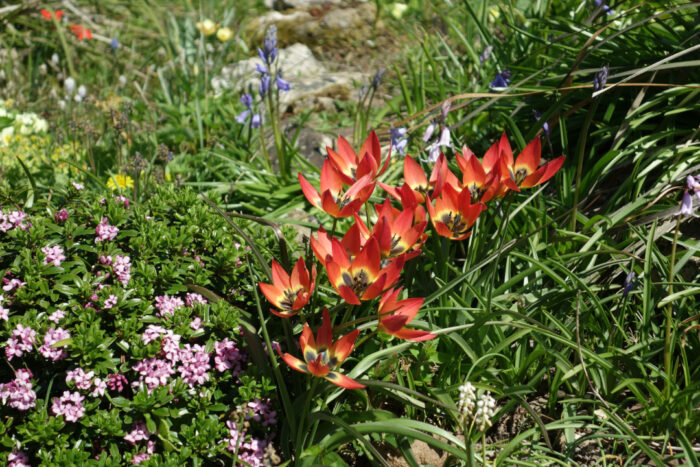


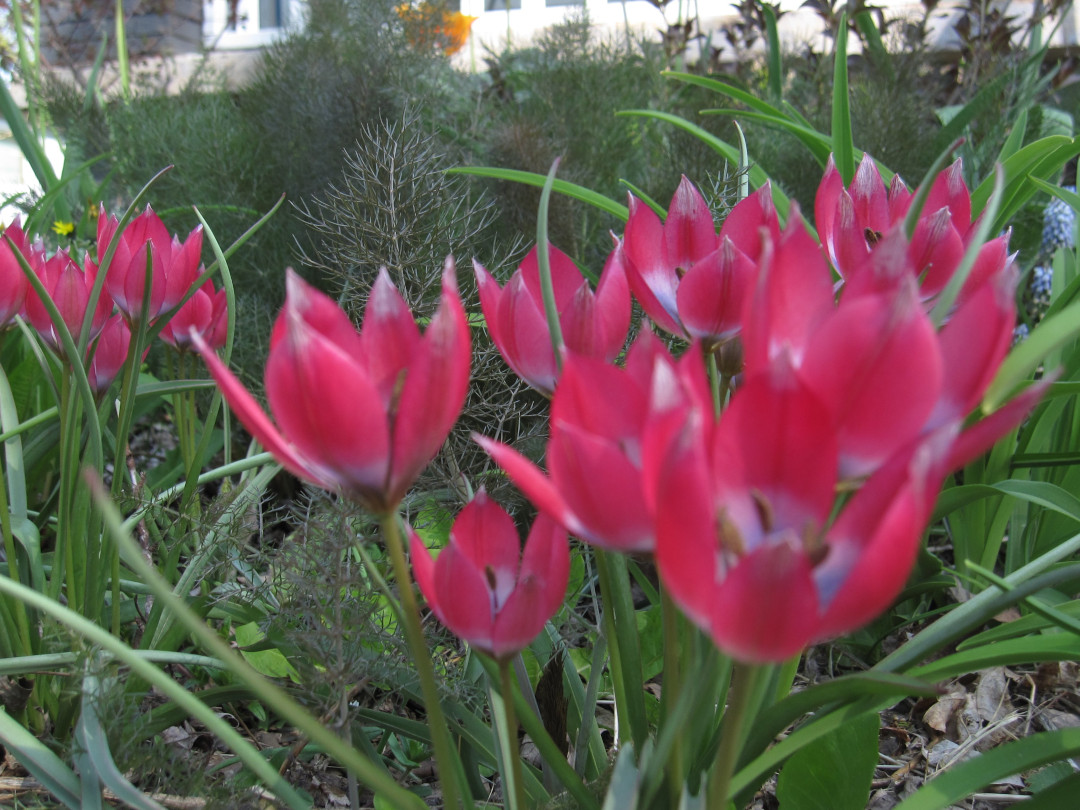
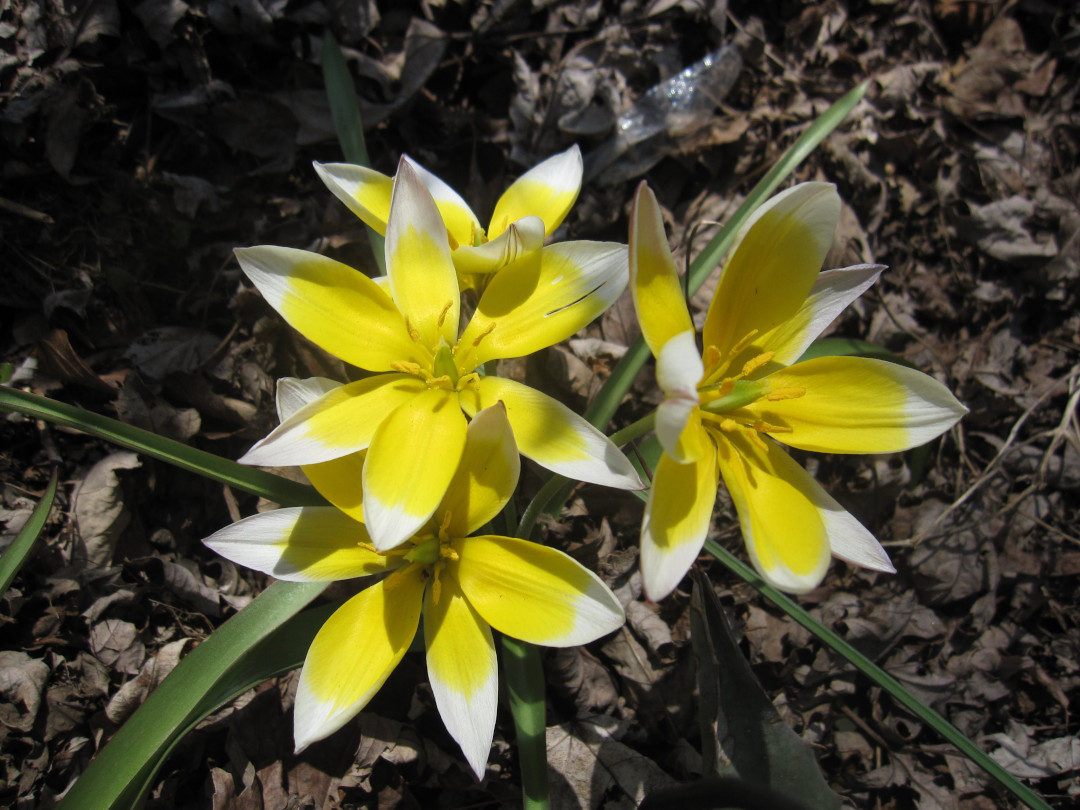

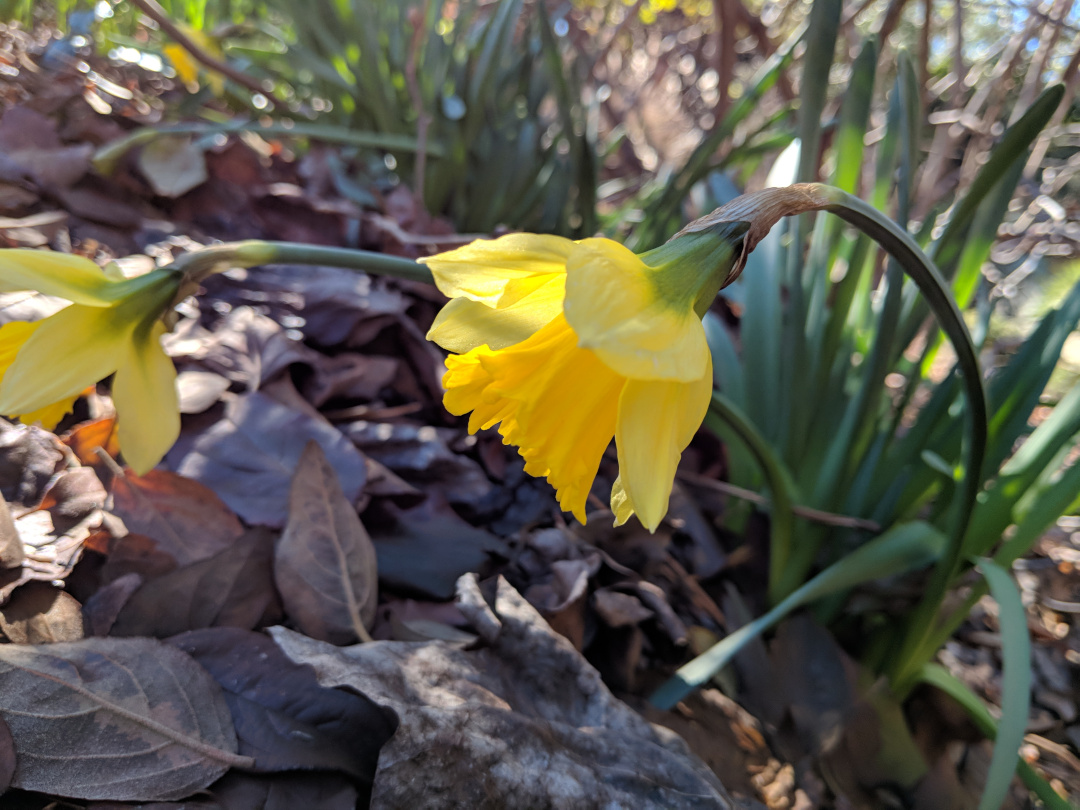
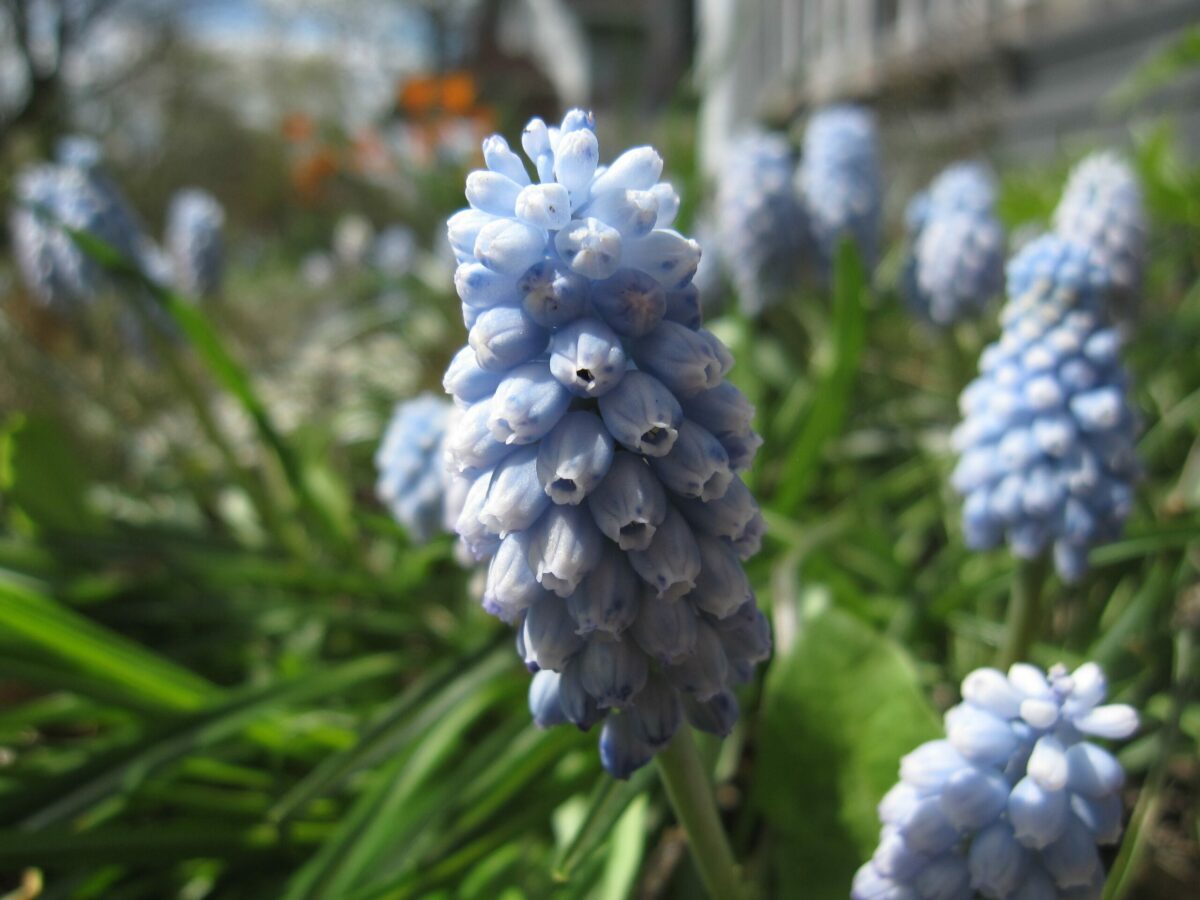
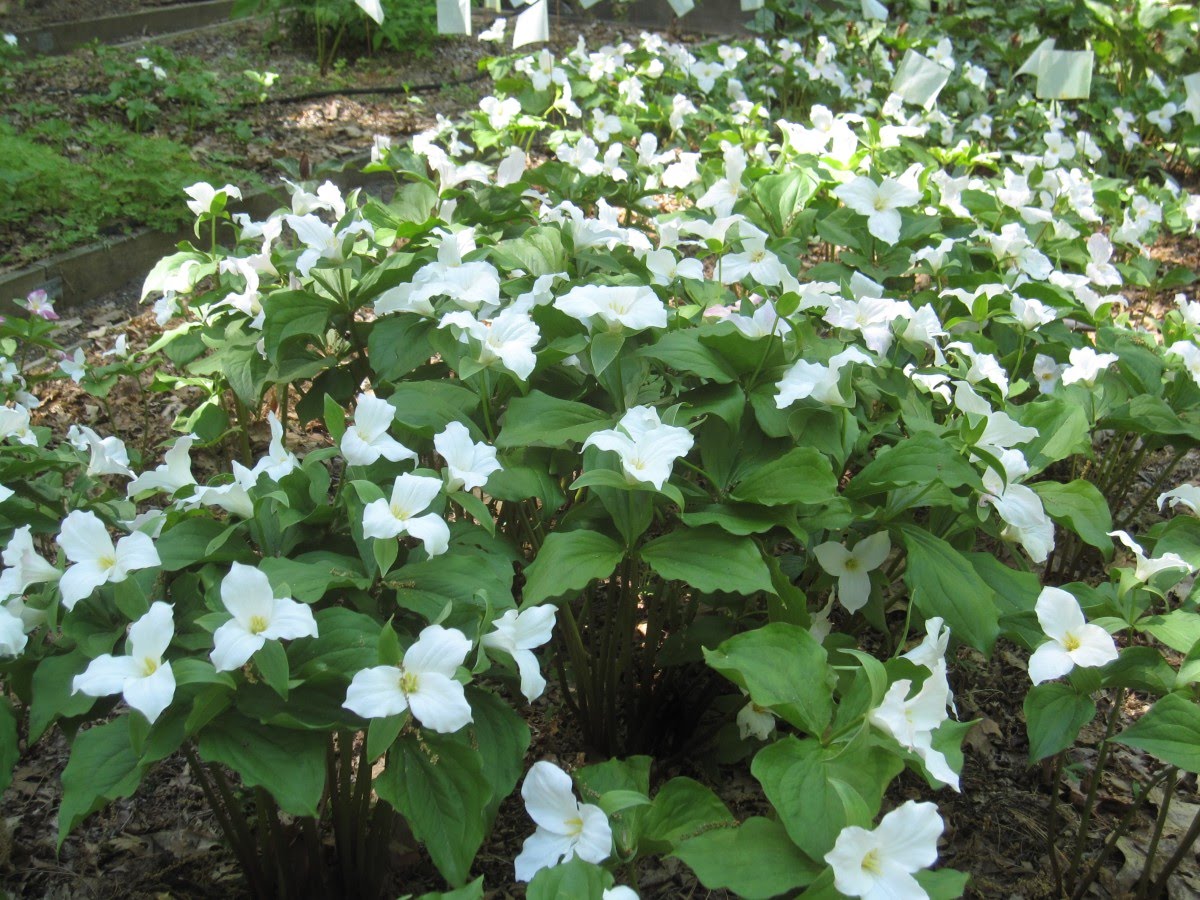
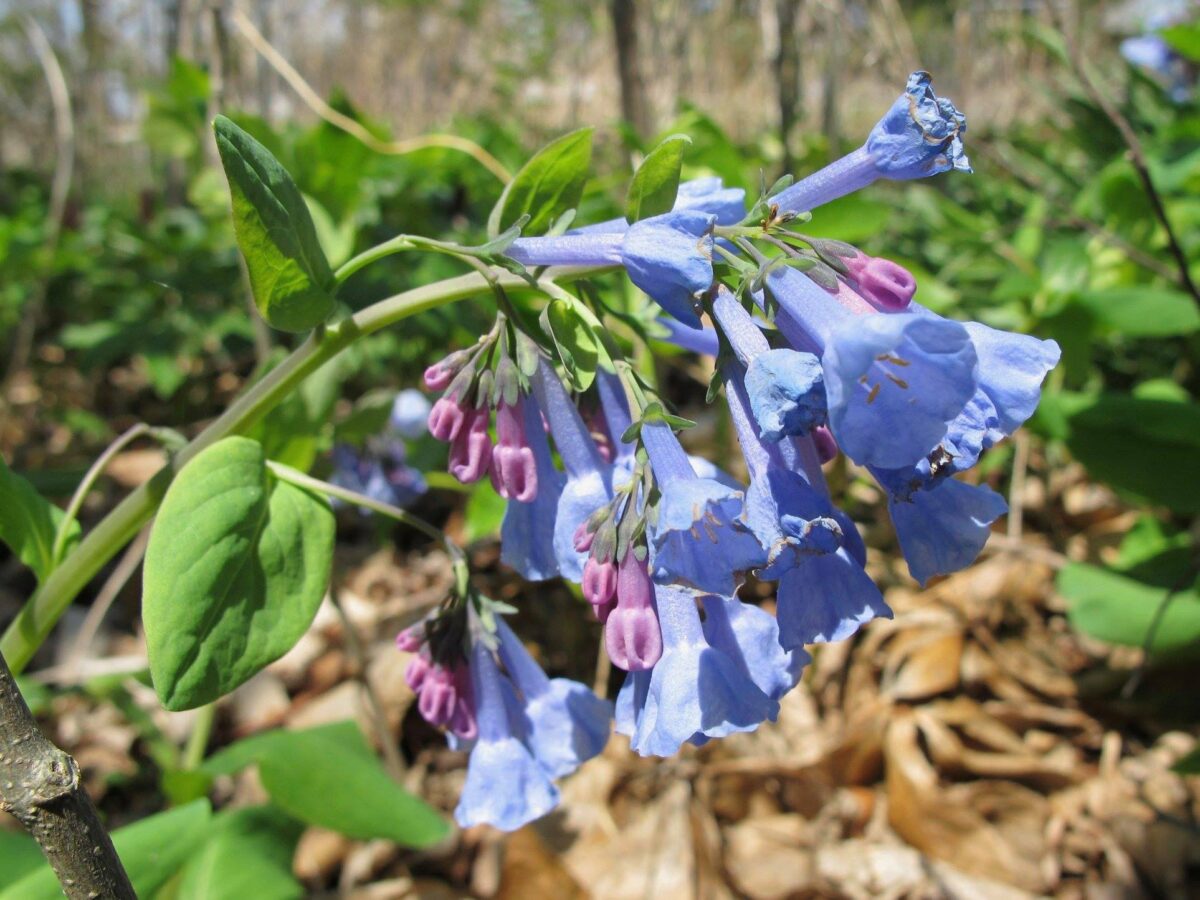
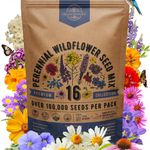
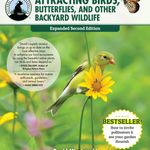
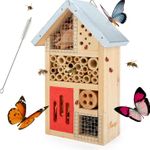





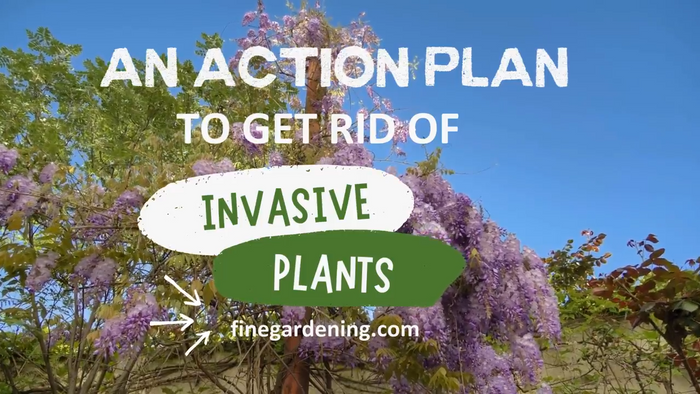
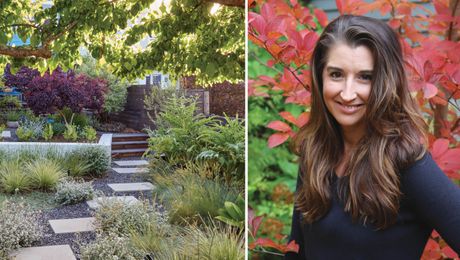
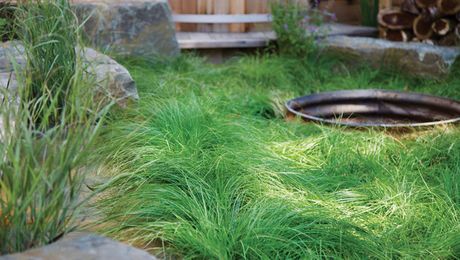
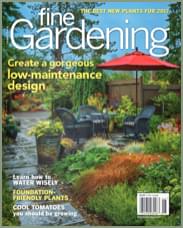

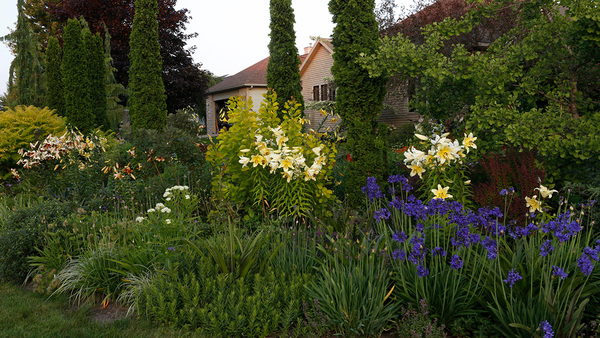



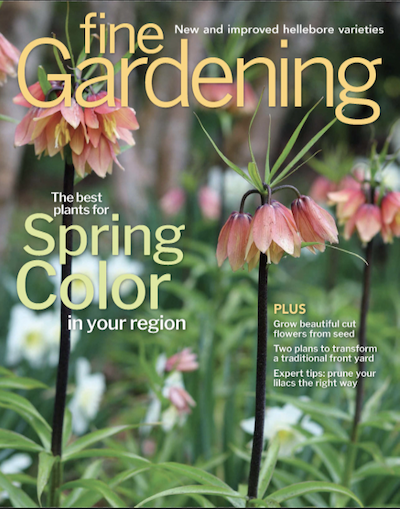



Comments
Joseph: Did I ever enjoy that series of suggestions and photos of the bulbs, I have noted down most of them. Sometimes we need a nudge, as in the tulipa variety of small tulips, I am going to give them a try and the earliest of large daffodils Rijnveld’s Early Sensation, brought a smile to my face. I can imagine it in April with snow on its head. Thanks for the excellent hints!
I like your choice of the kind of tulips that seem more natural and come back perennially and reliably! The Tulipa ‘Little Beauty & your Tulipa clusiana-’ are amazing! Love those sky blue Grape hyacinths you planted.
The species tulips are some of my favorites. They would look great with snowdrops. Great pictures, inspiration and makes me think of the four seasons of gardening.
Well put, Margot.
Log in or create an account to post a comment.
Sign up Log in